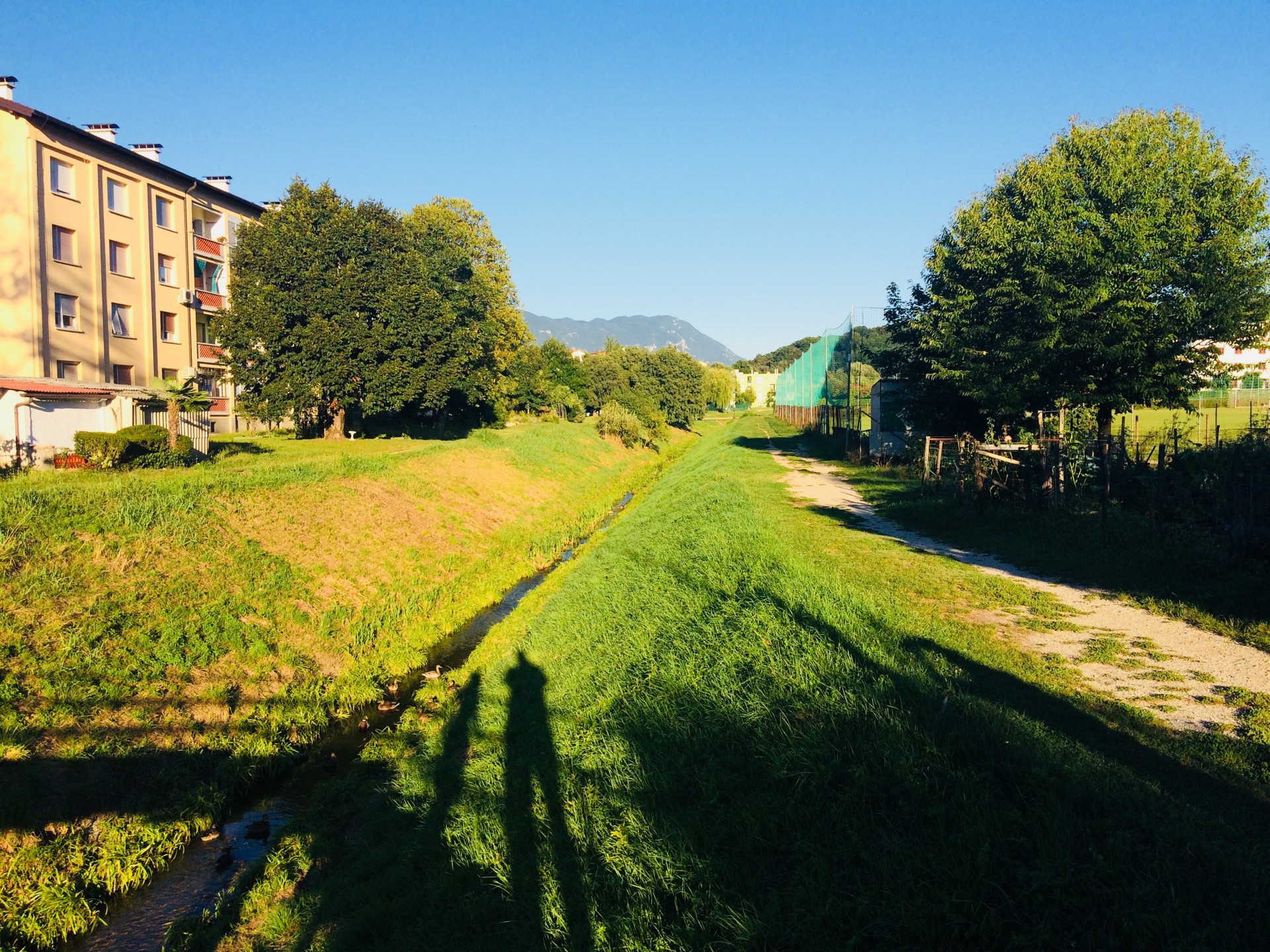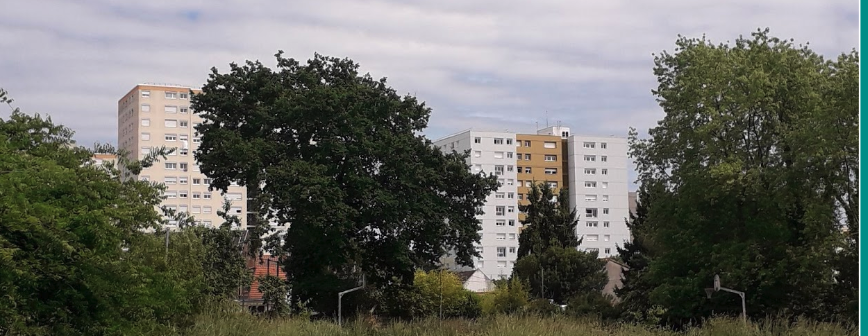URBiNAT cities through the lens of the COVID-19 pandemic
As COVID-19 tore across Europe and the world it struck at the heart of our societies, taking lives and revealing in a harsher, more uncompromising light the extent of social, economic, and environmental disparities within our communities. In some sense, the pandemic spread indiscriminately. Yet, it is clear that factors such as income level, housing type, neighborhood, and other socioeconomic variables would (once again..) determine starkly different levels of exposure or risk. Individuals, families, and communities have not suffered the effects of the pandemic in the same way. But what does this really mean? How have people coped with the restrictions imposed by COVID-19 mitigation policies? What lessons can we draw from this period?
The seven URBiNAT cities – Sofia, Nantes, Porto, Brussels, Siena, Høje-Taastrup, and Nova Gorica – give us a picture of the repercussions, challenges, responses, and alternatives that emerged with the pandemic. In this series of seven posts, we share the main measures implemented by local municipalities, and some stories to inspire alternative and cooperative ways to live together (in) the city. The full version will be available in URBiNAT’s deliverable related to the compilation and analysis of human rights and gender issues to be released in 2021 (https://urbinat.eu/resources/).
Nova Gorica (Slovenia)
Marco Acri and Saša Dobričič, from the University of Nova Gorica, shared some of the challenges faced by the populations of the URBiNAT intervention areas and how they coped with them, in collaboration with public and private solidary initiatives. They also shared some lessons learned and ideas for the future.
Slovenia was not as heavily affected by the COVID-19 pandemic as other countries. Still, the enforced lockdowns in the Spring and Autumn 2020 posed some challenges to the populations from the URBiNAT intervention area. This area is actually composed of two cities – Nova Gorica and Gorizia – within the same urban conglomerate that is divided by state borders, Italy and Slovenia. After the Slovenian independence from former Yugoslavia, and under the support of EU policies, the population has gradually overcome divergences to finally perceive Nova Gorica and Gorizia as a common economic, social and cultural ground.
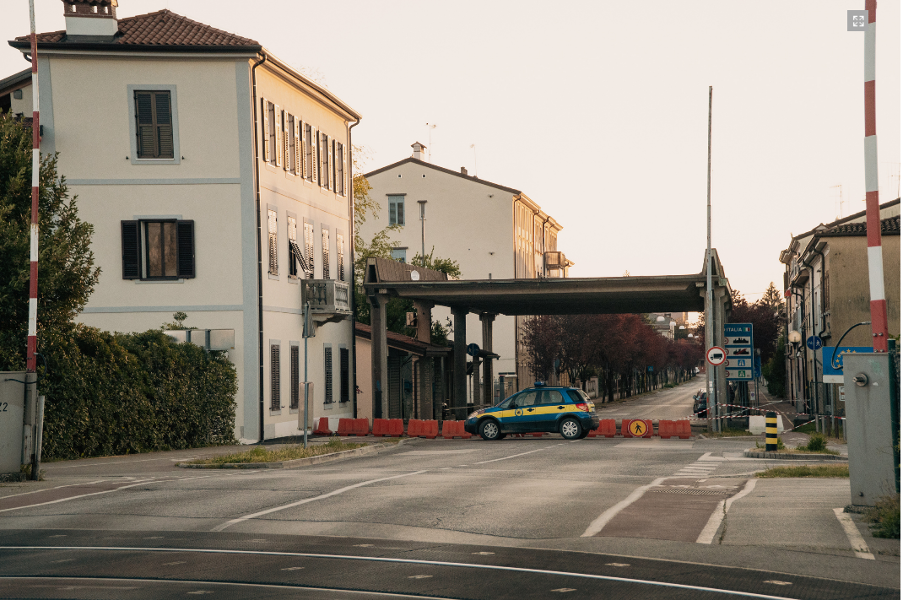
The closing of Erjavceva Street on the border with Italy, (Photo Kristjan Petrovčič)
The total lockdown in Spring 2020 on the Italian part has impeded Italian and Slovenians living in Italy to access many services on the other side of the border, such as medical services, sports activities, schools, or shops. Not being able to work or attend school had a great impact on the salary and education of some families. The population from Gorizia and Nova Gorica was also affected by the impossibility to access the many green spaces of the area, usually used as spaces for leisure or relaxation. The reconstruction of the steel fence on the place of the former border provoked general malaise among the population. The mayors of the two cities insisted on reopening the borders, and, in the lockdown in Autumn 2020, the two cities kept their borders open for residents on both sides. This was probably the most specific measure from the Municipalities of Nova Gorica and of Gorizia in response to the challenges imposed by the pandemics.
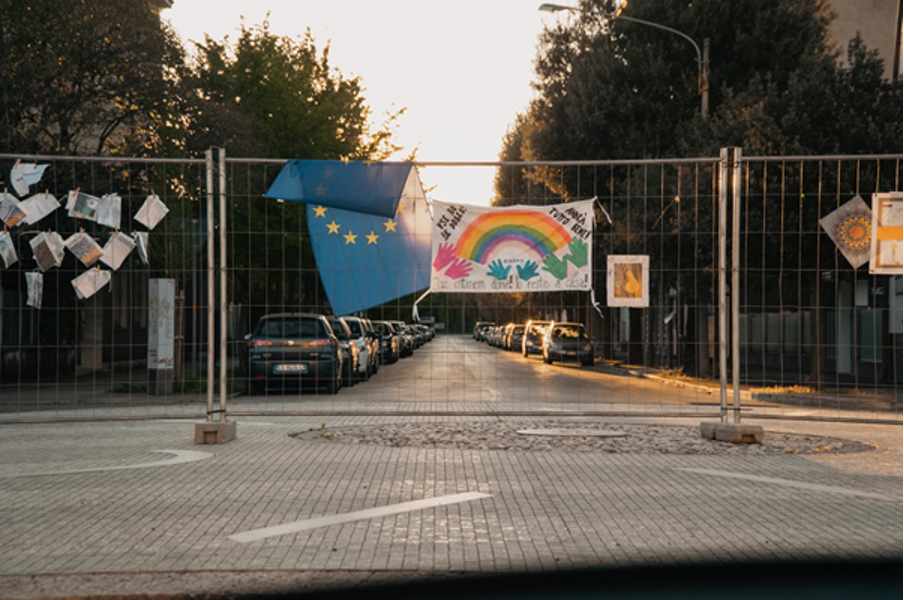
Rising barriers to non-controllable presence: The return of the border during COVID-19 in Trg Europe, Nova Gorica/ Gorizia 2020 (Photo: Kristian Petrovčič)
In Nova Gorica, as in the whole country, businesses continued open. Nonetheless, there were some limitations to public gatherings, and movements were relatively impeded. Also, the abundance of green areas around the urban areas allowed citizens to enjoy their open-air activities but the lack of organized green urban paths can be a challenge for some people, which need to use their cars to reach peripheral green areas.
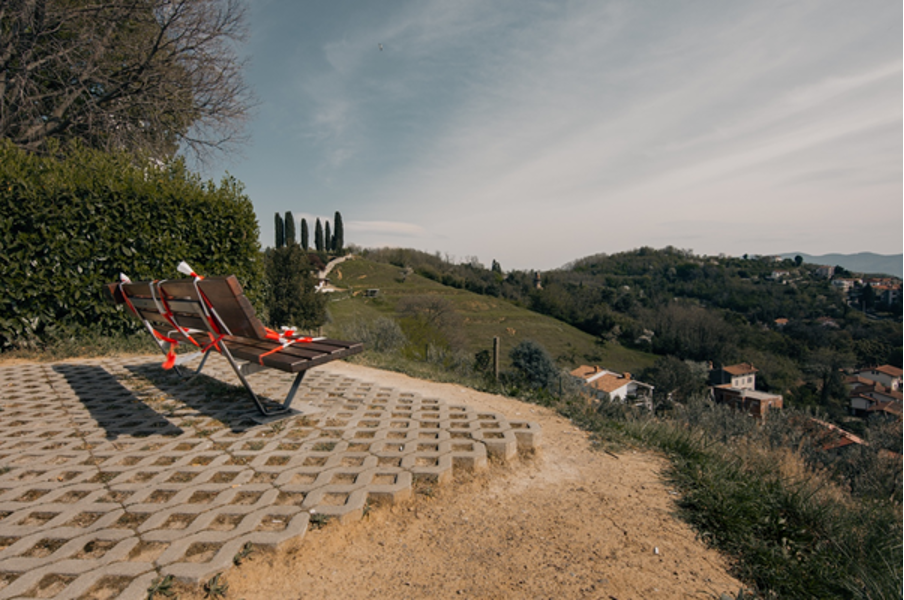
Pieces of closing city: unusable bench on the panorama, Nova Gorica 2020 (Photo: Kristjan Petrovčič)
Thinking about partnerships in the field, the main ones are the schools located in the area, and that continued their activity almost without intermittence, the sports association of Nova Gorica, with its clubs offering sports services to citizens and pupils, or some joint initiatives from Slovenian Kid and Italian Karitas to help children under 12 years old. Another important player is the city agency for the candidacy to culture capital 2025, which is gathering a lot of consensus in Nova Gorica and Gorizia. And, of course, the implementation of the URBiNAT-related corridor, with a strong participatory component, bringing together a high number of people from the Municipality and the University actively working as a group, with a strong direction and able to address multiple challenges.
Looking to the future, one important question is the duration of the pandemic crisis. If it lasts long, citizen organizations will have to be reimagined, and the implementation of much of the coming circular and solidarity economy principles may be reinvented. Another critical change to envision is that we should learn to live with nature not as a green drug but as a culture-nature relationship that will bring us to a new theory of the use of space, things, time…. where the building of common dimension will prevail.
So, building on the lessons learned from this crisis, we have to insist on renaturing cities and provide healthy spaces for leisure. And to invest in the promotion of a more individual use of the space, less dependant on bars and restaurants, and more on sport and health regeneration. We must also realize that our common house has been burning for too long, much before this crisis. The public consensus regarding ecological shift, environmental emergencies, social crisis, or financial regulation is more than mature and might prevail. But the strong expert and committed leadership is completely missing. We still cultivate and rely on production models that we should fight and refuse, shifting to different economic models. To models that belong to this historical moment.
The following short film demonstrates how the citizens of Nova Gorica experienced the pandemic in their unique circumstances straddling the Italian-Slovenian border.
This blogpost was elaborated by Rita Campos (CES-UC), based on the interview of Marco Acri and Saša Dobričič (University of Nova Gorica) conducted in the frame of task 1.5 (inclusion of cross-cutting dimensions human rights and gender) and its corresponding deliverable D1.8 (compilation and analysis of human rights and gender issues) to be released in 2021.
Comments welcome!
Do you live or work in Nova Gorica? We would love to hear from you!
Did you feel the challenges described above? What lessons did you learn? What would you like to add to this picture?
Do you live or work in another city? We would love to hear from you also! How would you describe the challenges and opportunities that emerged with the pandemic in your city? Were/Are they similar to those in Nova Gorica?


